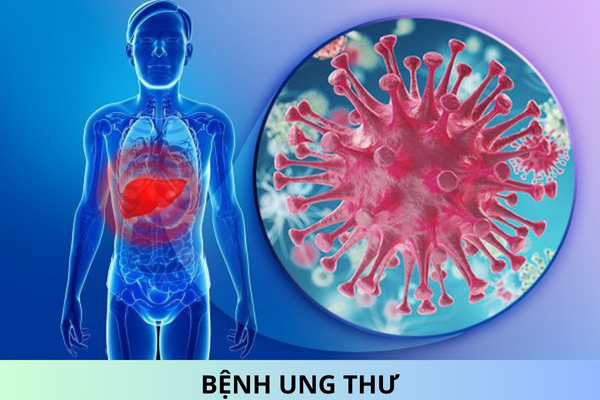Procedure for Conducting HIV Testing for Healthcare Workers to Ensure Safety
The process for conducting HIV testing for healthcare workers to ensure safety is implemented following the provisions in Section 2 of Decision No. 2674/QD-BYT in 2018 on National Guidelines for HIV Testing issued by the Minister of Health. To be specific:
Counseling and sample collection must be carried out in a clean, comfortable, well-lit area that ensures privacy for the client.
3.2.1. Specimen Collection
a. Oral fluid or fingertip blood sampling must be carried out in accordance with the provisions in point 1.2.1 Clause 1.2 Section 1, Part I of this Chapter.
b. For venous blood collection, the specimen must be collected as follows:
- Prepare the equipment: sterile syringes or vacuum blood collection kits (vacutainer, needle, holder), disposable plastic pipette (squeeze tube), plastic test tube with cap, test tube with anticoagulant (when plasma sample collection is needed), gloves, masks, tourniquet, sterile water-absorbent cotton, 70-degree alcohol, waterproof marker, test tube rack, sharp waste container, and medical waste bin.
- Blood collection preparation
+ Fill in all the information about the person being tested (full name/ID number and year of birth/age) and the sample collection date on the test form and sample container.
+ Wash hands and wear gloves.
- Blood collection procedure
+ Identify the blood collection site (vein) and disinfect with 70-degree alcohol, allowing it to dry for 30 seconds.
+ Insert the needle into the vein to collect 3-4 ml of blood into the blood collection tube. A 5ml syringe (needle size 21G - 23G) may be used to draw blood or a vacuum blood collection kit (vacutainer) may be used. If a syringe is used to draw blood, remove the needle head, hold the syringe at an angle to the test tube wall, and slowly inject the blood along the tube wall to avoid breaking red blood cells.
+ Dispose of the needle into the sharp waste container and discard the syringe or dirty blood collection holder into the medical waste bin.
+ Re-disinfect the blood collection site with 70-degree alcohol and apply a bandage.
- Serum/plasma separation:
+ After blood collection, let it stabilize for 30 minutes and no more than 2 hours at room temperature, then separate the serum/plasma. If serum/plasma cannot be separated within 2 hours, stabilize the sample at room temperature for 30 minutes then store at 4°C - 8°C and separate the serum/plasma within 24 hours.
+ When using a centrifuge, balance the test tubes before centrifuging. Proceed with centrifugation at a speed of 2000 - 2500 rpm for 10 minutes. Use a plastic pipette to transfer the serum/plasma into a plastic test tube and tightly cap it.
+ Without a centrifuge: Place the test tube on a rack for 30 minutes, then refrigerate at 4°C - 8°C for at least 2 hours but no more than 24 hours, separate the serum/plasma into a plastic test tube, and tightly cap it.
+ The minimum serum/plasma volume collected must be 1.5ml.
3.2.2. Perform testing and interpret results according to the manufacturer's instructions.
3.2.3. Return of results
- If the test result is negative: counsel the client and inform them of the negative result.
- If the test result is reactive: draw blood or refer the client to a healthcare facility for confirmatory testing as per regulations, and schedule a result return counseling session.
Editorial feedback has been forwarded to you.










